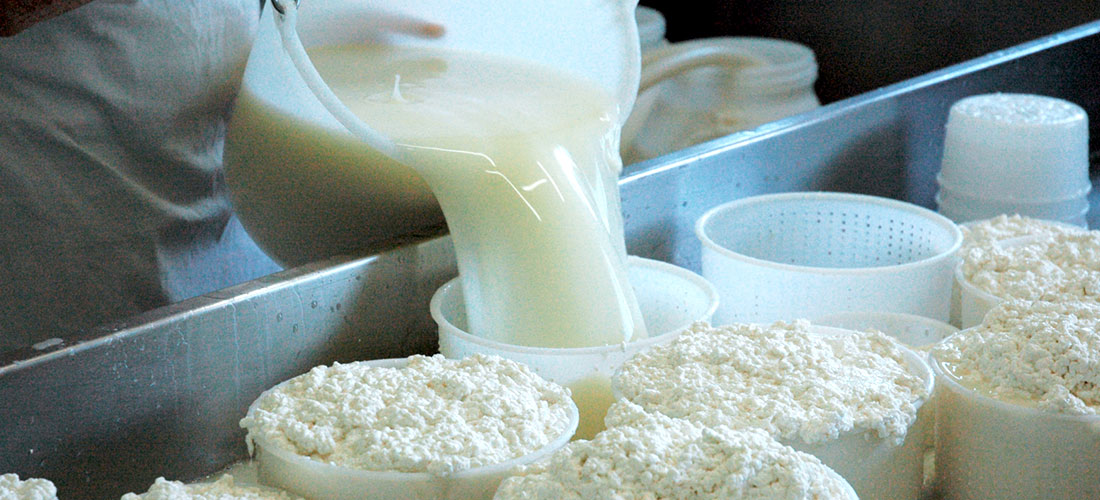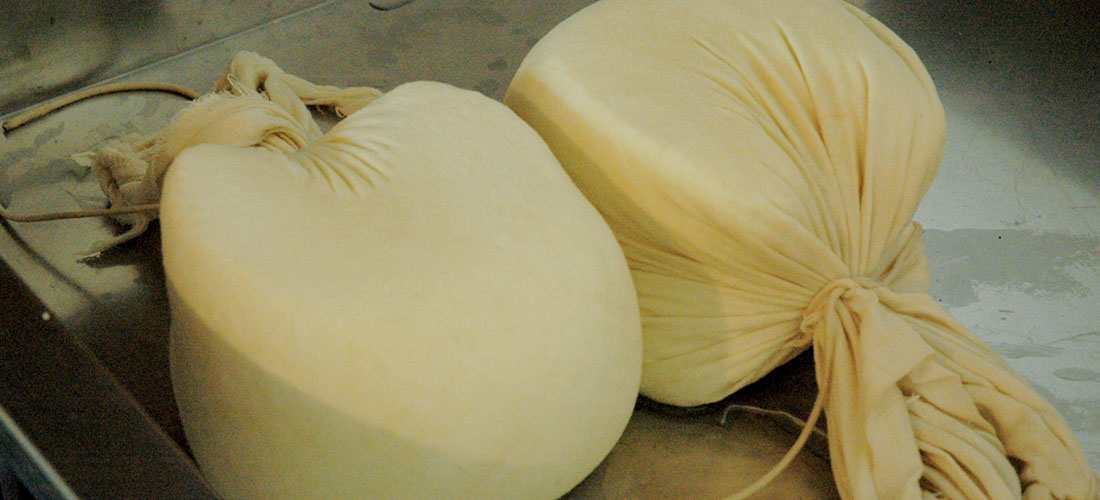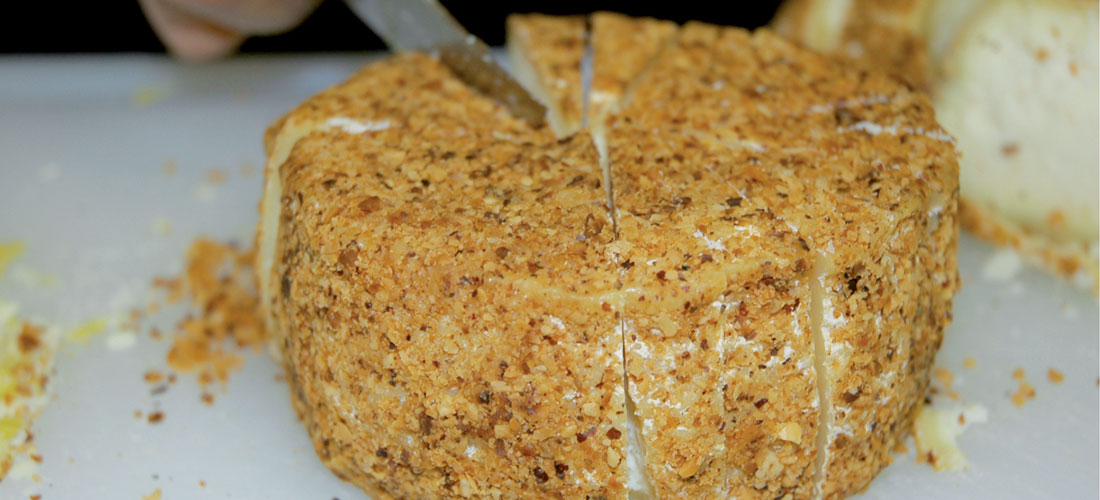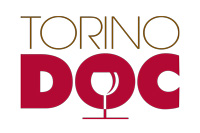DAIRY TECHNOLOGY
According to Italian law, cheese is the product obtained via the acid or rennet coagulation of milk or cream, to which salt and enzymes may be added. Theprocessunderlyingthisproductionisextremelycomplex and composed of numerous stages, whose qualitative resultsaredeterminedbyboththecharacteristicsoftheraw material and the production technique.

While it is not possible to provide a detailed description of the cheese-making process here, for which we refer the reader to specialist texts on the subject, the main stages are as follows:
1) Preparation ofthemilk – milk is a very complex mixture of numerous components in solution (e.g. sugars and salts), dispersion (e.g. proteins) and emulsion (e.g. fats), whose concentration depends on a set of endogenous factors (species, breed, lactating state, state of health, etc.) and exogenous ones (type of food, stabling, etc.). In cheese-making, milk may be used immediately after milking or following a variable period of refrigeration, which for some cheeses is combined with semi-skimming by removing the top layer of fat, as in the case of Grana Padano PDO or Parmesan Reggiano PDO. Centrifugation, performed with special machines, is an alternative technique for the production of semiskimmed or skimmed milk for cheese-making. Before being used to make cheese, milk may also be thermised or pasteurised. These processes, performed by heating to temperatures of up to 70 °C, have the purpose of eliminating any microorganisms inhibiting cheese production and responsible for deterioration that may be present in the milk, thus improving the compositional and sensorial characteristics of the cheeses.
2) Transfer to vat – the milk is placed in a vat, i.e. a container whose size varies from a few litres to hundreds of hectolitres, where the cheese is made. Vats may be made from steel or the more traditional copper, used for certain PDO cheeses and by some artisanal producers, particularly in Alpine pastures. nowing and tasting
3) Coagulation – the milk may be coagulated by acidification or the addition of suitable coagulant substances. In the first case the milk is soured (known as acid or lactic coagulation) by adding selected lactic bacteria, as in the production of yogurt. Due to the low cohesion of the curds and their high water content, this technique is used almost exclusively for goat’s milk cheeses and fresh cow’s milk ones. Rennet coagulation is far more widely used. In this case a mixture of enzymes, which may have been extracted from the stomachs of suckling ruminants, plants, or culture medium of specific microorganisms, is added to the milk. In this case the curds are very dense and form the starting point for almost all known cheeses.
4) Breaking of the curds – the curds obtained by coagulation contain a high proportion of water, which must be separated in order to obtain cheese. This separation of water or whey is achieved by breaking the curds with special implements known as the spina and the lira. The more the curds are cut, the harder the resulting cheese will be.
5) Pressing – another fundamental stage in defining the characteristics of the future cheese is the pressing of the curds, achieved mechanically by various types of presses, whose purpose is obviously to remove the whey from the curds. In this case too, the greater the pressure applied, the harder the resulting cheese. The exceptions to this rule are parmesan-type cheeses, which are not pressed, and whose hardness is achieved by a different set of technological processes.
6) Salting – this is a very important stage for the sensory characteristics of the future cheese, due not only to the direct action of the salt, but also to the indirect one that it has on the microorganisms and ripening enzymes of the product. There are various salting techniques. However, the most widespread ones are “dry salting” (the salt is placed on the faces of the cheese for a certain period during the early stages of ageing) and “brining” (the cheese is immersed in a saturated brine solution for a period of time depending on its size).
7) Ageing – although its importance is often underestimated, this is actually one of the fundamental stages in defining the characteristics of the future cheese. It is a highly variable period of time (from a few months to many years), in which the cheese is kept in rooms at controlled temperature and humidity while a series of 14 from milk to cheese Knowing and tasting 15 chemical, physical and microbiological transformations occur, determining the future compositional, sensorial and structural characteristics of the cheese. Indeed, it is during this period that the rind and the eyes are formed, along with the flavour and aroma of the product.
RICOTTA AND SEIRAS TECHNOLOGY

According to Italian law, only products made by the acid and/or rennet coagulation of milk or cream can be considered cheeses. This means that mascarpone is a cheese, while ricotta, produced by heating whey, cannot be considered as such. Whey is the liquid left over from cheese-making, following its separation from the curds that produce the cheese. It is a greenish-yellow liquid that, in addition to various components such as fats, lactose, mineral salts and water-soluble vitamins, contains whey proteins.
These are native milk proteins, which are not affected by rennet or acidification, and thus do not separate with the curds. In orderto make them separate, it is therefore necessary to use a different technique, namely heating them with salts and/or acids. In these conditions, the whey proteins coagulate and precipitate. They can thus be separated, giving rise to a product known as ricotta (from the Latin recoctus, “cooked again“, indicating the second heating of the whey). In practice, the whey is added to coagulating agents (today citric acid, although once vinegar, lemon juice or even table salt were used) and then brought to the boil. After boiling for a few seconds, the whey proteins coagulate and rise to the surface. The cheese-makers remove them and place them in moulds, where they are allowed to drain slightly before sale.
Ricotta is generally sold fresh, although aged versions are fairly common in the Alps, and sometimes even smoked ones can be found. Their production was derived from the impossibility of the daily sale of the fresh product, and has now almost disappeared. This tradition persists only in the Pinerolo area and forms the basis for Saras del Fen, a ricotta that is aged for at Knowing and tasting 16 least 21 days and wrapped in hay formed by wild grasses gathered and dried in the Alpine meadows where the cheese is produced. The production process is the same as for traditional ricotta. The mixed whey is acidified with citric acid and then cooked. The curds that form are thoroughly drained, and in some cases also pressed and then allowed to age like a cheese. After ageing, and before sale, it is wrapped in hay, which is its distinguishing feature.
CLASSIFICATION OF CHEESES

Over the years the hundreds of types of cheeses in existence have been classified in various ways on the basis of different parameters, such as length of ageing, hardness of their paste, and so on.
In particular, the most widespread classifications are made:
- on the basis of the type of milk used (cow, sheep, goat, buffalo, mixed)
- on the basis of the heat treatment of the milk (raw milk, pasteurised milk) -on the basisof fatcontent (fat, semi-fat, low-fat)
- on the basis of the consistency of the paste (soft paste, semi-hard paste, hard paste)
- on the basis of the processing temperature of the paste (raw paste, semi-cooked paste, cooked paste)
- on the basis of the processing procedure of the paste (raw paste, semi-cooked paste, cooked paste)
- on the basis of the type of rind (mouldy rind, washed rind, smoked)
- on the basis of ageing time (fresh, medium-aged, aged).
Of course, none of these classifications are exhaustive, forin considering a single parameter,they group together cheeses that often differ in all other parameters. For example, if we consider solely the type of milk, cow’s milk cheeses include the very different Gorgonzola, Mozzarella and Parmesan. Cheeses may also be classified in several ways, although this becomes more complex. Parmesan thus becomes a raw, semi-fat cow’s milk cheese with hard, cooked paste and long ageing. An alternative and more comprehensive classification technique has been proposed by Prof. G. Ottogalli (Atlante dei Formaggi, Hoepli, June 2001).
It features eight classes (fresh or aged dairy products, fresh cheeses, cheeses with short ageing, cheeses with rind with bloom or patina, blue cheeses, semi-hard cheeses, hard cheeses, miscellaneous). Each of these classes corresponds to families that group the products together on the basis of specific characteristics. The system has been used by several authors, for it allows the simple, but at the same time exhaustive, classification of all known dairy products.



